Storms can cause significant damage to your home, particularly your roof, which is your first line of defense against the elements. We are going to discuss the process of storm damage restoration. In Des Moines and Cedar Rapids, homeowners frequently face challenges from severe weather, including high winds, hail, and heavy rain. Understanding how to protect your home after a storm and navigate the insurance claim process is crucial for ensuring your property is restored quickly and efficiently.

1. Immediate Steps to Take After a Storm
The first step in storm damage restoration is assessing the extent of the damage. Once it is safe to do so, inspect your property for visible signs of damage, particularly to your roof. Common indicators of storm damage include:
- Missing or Damaged Shingles: High winds can tear shingles from your roof, leaving it exposed to water infiltration.
- Hail Damage: Hail can cause dents in shingles, break tiles, or puncture flat roofs, compromising the integrity of your roofing system.
- Leaking Roof: Check your attic and ceilings for signs of water infiltration, such as stains, drips, or moisture.
If you notice any of these issues, it’s essential to contact roofing contractors immediately. Prompt action can prevent further damage, such as water seeping into your home’s structure, which can lead to mold growth and rot.
2. Documenting the Damage
Proper documentation is critical when filing an insurance claim for storm damage. Take clear, detailed photographs of all affected areas, including close-ups of specific damage and wide shots showing the overall condition of your roof and property. This visual evidence will be valuable when you submit your claim to your insurance company.
In addition to photographs, keep notes on the date and time of the storm, the type of damage observed, and any temporary repairs you make, such as covering holes with tarps. This information will help support your claim and ensure you receive the compensation needed for repairs.
3. Understanding Your Insurance Policy
Before filing a claim, it’s important to understand the terms of your homeowner’s insurance policy. Most policies cover storm damage, but the extent of coverage can vary. Key aspects to review include:
- Deductible Amount: This is the amount you will need to pay out of pocket before your insurance coverage kicks in.
- Coverage Limits: Ensure that your policy covers the full cost of roof repairs or replacement.
- Exclusions: Some policies may exclude specific types of damage or have limitations based on the age or condition of your roof.
If you have any questions or concerns about your coverage, it’s advisable to speak with your insurance agent before filing a claim. They can clarify what is covered and guide you through the claims process.
4. Filing an Insurance Claim
Once you’ve assessed the damage and reviewed your insurance policy, it’s time to file a claim. Contact your insurance company as soon as possible to report the damage. Provide them with the documentation you’ve gathered, including photographs, notes, and any estimates you’ve received from roofing companies.
Your insurance company will likely send an adjuster to inspect the damage in person. It’s a good idea to have your roofing contractor present during the inspection to ensure all damage is accurately assessed and that nothing is overlooked. The contractor can also provide a professional estimate for the cost of repairs, which can help expedite the claims process.
5. Choosing a Roofing Contractor
Selecting the right roofing contractor is essential for ensuring quality repairs and a smooth restoration process. When choosing a contractor, consider the following:
- Experience: Look for roofing contractors with extensive experience in storm damage restoration and familiarity with the local climate in Des Moines and Cedar Rapids.
- Licensing and Insurance: Verify that the contractor is licensed and insured to protect yourself from liability in case of accidents or additional damage during repairs.
- Reputation: Read reviews and ask for references to ensure the contractor has a history of satisfied customers and successful projects.
A reputable roofing company will work closely with you and your insurance provider to ensure your home is restored to its pre-storm condition quickly and efficiently.
Conclusion: Protect Your Home with Professional Help
Storm damage can be overwhelming, but taking prompt action and working with experienced roofing contractors can make the restoration process more manageable. By documenting the damage, understanding your insurance coverage, and choosing the right contractor, you can protect your home and ensure it is properly repaired.
If your home has suffered storm damage, don’t hesitate to contact Robison Roofing & Construction for a free, no-pressure estimate and inspection. Our team of experts is here to help you navigate the insurance process and restore your home to its original condition. Give us a call today.

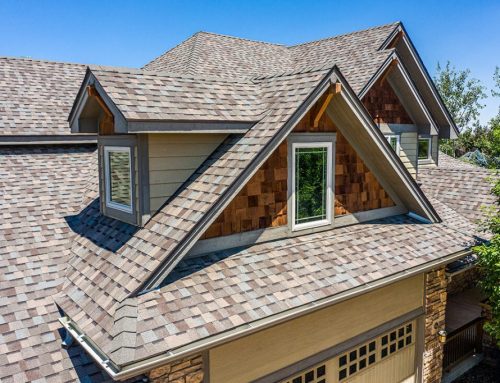
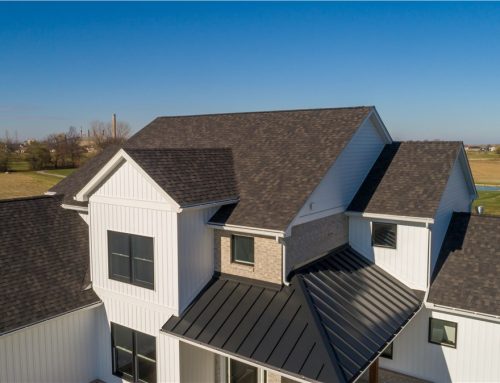
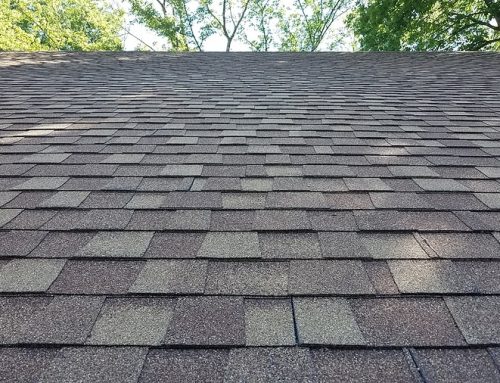
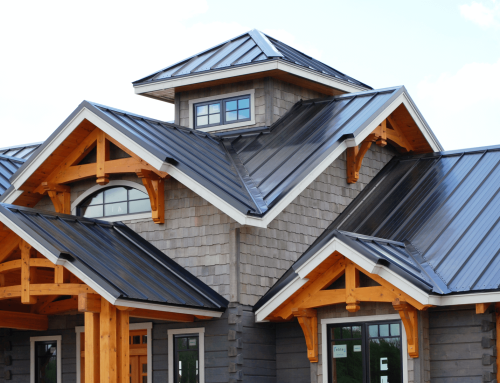
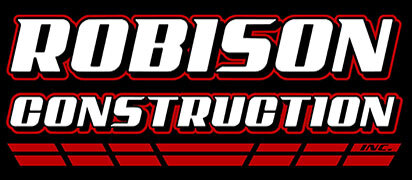
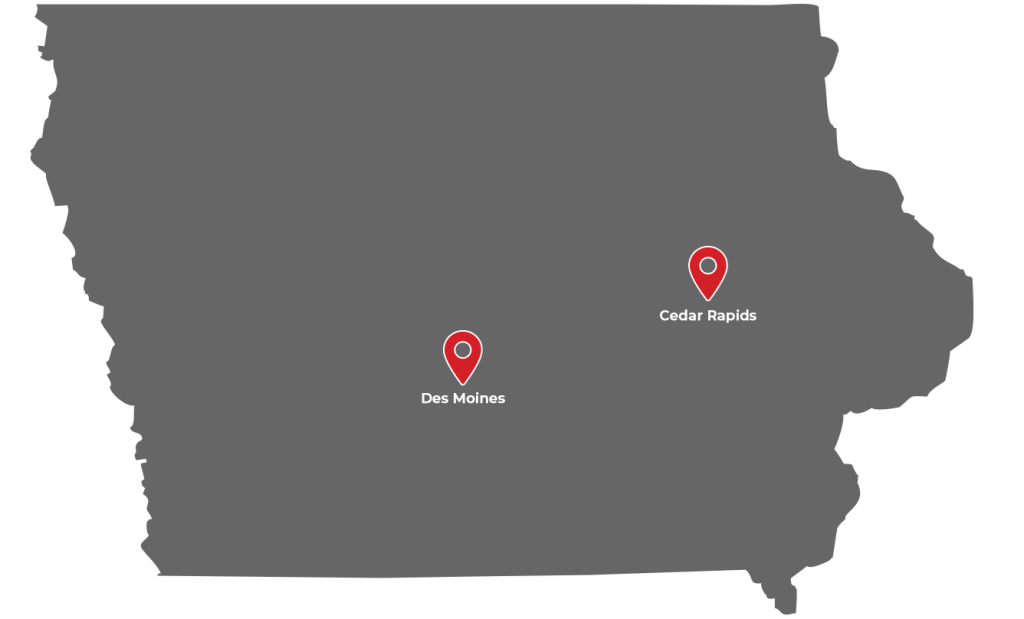
Leave A Comment